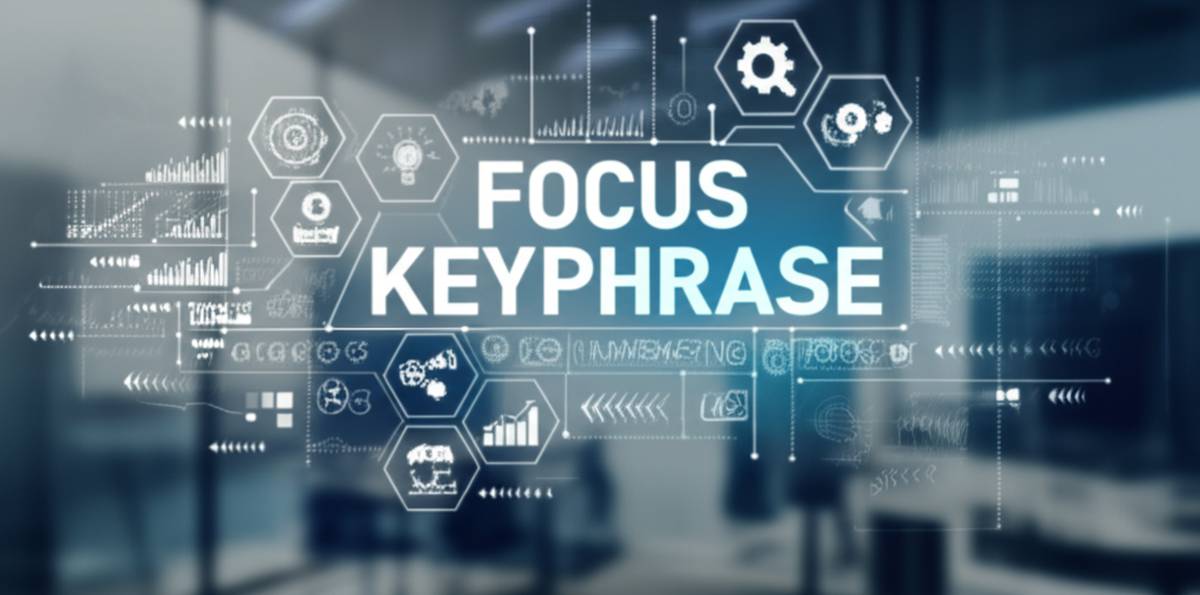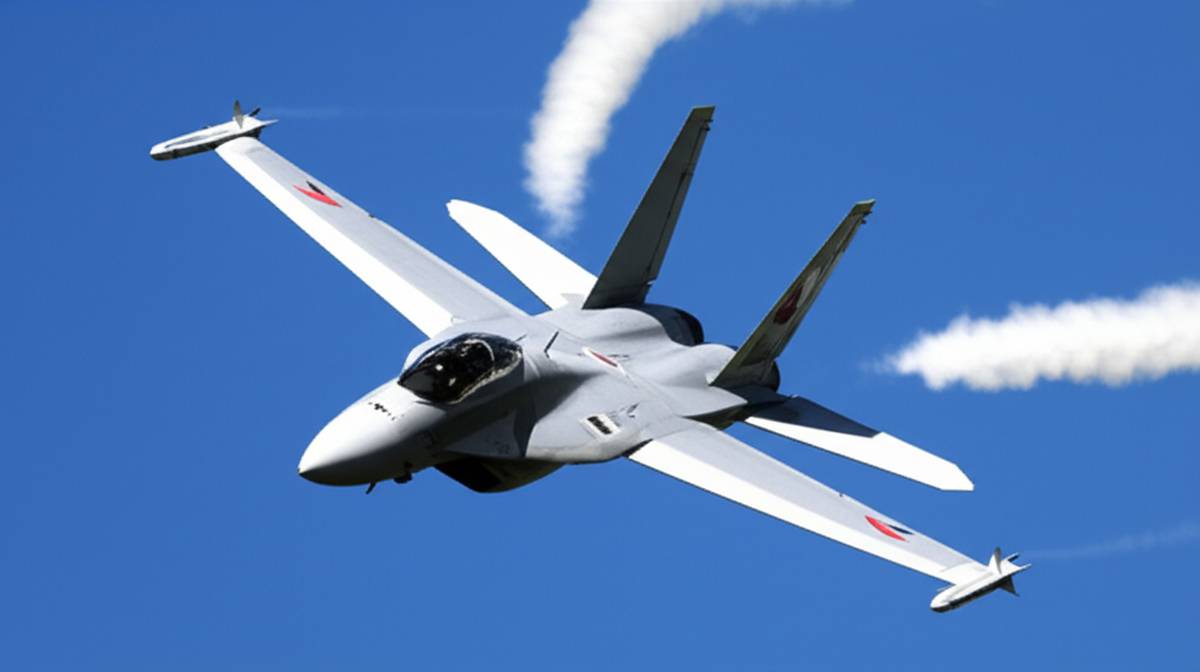The roar of a fighter jet piercing the sky is a symbol of national power and technological prowess. But behind that impressive display lies a staggering fighter jet flight cost. Understanding this cost is crucial for informed discussions about defense spending, resource allocation, and the true value of military aviation. Is the price tag justified in terms of national security and economic impact? Let’s investigate.
The Astronomical Fighter Jet Flight Cost: A Breakdown
Calculating the total cost of operating a fighter jet is a complex undertaking. It encompasses more than just the fuel burned during flight. Several factors contribute to the overall expense:
- Fuel Consumption: Modern fighter jets are notorious for their fuel-guzzling engines.
- Maintenance: Fighter jets require extensive and frequent maintenance due to the extreme stress they endure during flight.
- Crew Training: Highly skilled pilots and ground crews are essential for operating and maintaining these complex machines. Training programs are lengthy and expensive.
- Ammunition and Ordnance: The cost of missiles, bombs, and other weaponry used during training and combat adds significantly to the overall expense.
- Upgrades and Modernization: Fighter jets require ongoing upgrades to remain competitive and effective, further inflating the fighter jet flight cost.
- Depreciation: The aircraft itself depreciates over time, representing a sunk cost that must be considered.
Comparing Costs: Different Jets, Different Price Tags
The fighter jet flight cost varies significantly depending on the aircraft type. Here’s a look at some examples:
- F-35 Lightning II: One of the most advanced and expensive fighter jets ever developed, the F-35 has a high operating cost.
- F-16 Fighting Falcon: A widely used and relatively less expensive option, the F-16 offers a balance of performance and affordability.
- F/A-18E/F Super Hornet: The Super Hornet serves as a carrier-based fighter and attack aircraft, presenting a unique cost profile due to its naval operations.
These are merely a few examples, and costs can fluctuate based on specific mission profiles, maintenance schedules, and geopolitical factors.
The Role of Technology in Driving Up Costs
Advanced technology is a primary driver of the increasing fighter jet flight cost. Stealth capabilities, sophisticated radar systems, and advanced avionics all require significant investment and maintenance. While these technologies enhance performance and survivability, they also contribute to the overall expense. Balancing technological advancements with cost-effectiveness is a critical challenge for military planners.
The Justification Debate: Is the Fighter Jet Flight Cost Worth It?
The high fighter jet flight cost raises important questions about resource allocation and strategic priorities. Arguments in favor of maintaining a strong fighter jet fleet often center on:
- National Security: Fighter jets provide air defense capabilities, deter potential adversaries, and project power globally.
- Technological Advancement: Investments in military aviation can spur innovation in other sectors of the economy.
- Economic Impact: The defense industry provides jobs and contributes to economic growth.
However, critics argue that the high cost of fighter jets diverts resources from other essential areas, such as healthcare, education, and infrastructure. They also question the effectiveness of expensive military hardware in addressing modern security threats, such as cyber warfare and terrorism.

Thinking about how you can build your own financial freedom without relying solely on governmental resource allocation is important. Explore wealth-building strategies and see what’s possible.
Alternative Perspectives: Drones and Cyber Warfare
The rise of unmanned aerial vehicles (drones) and cyber warfare has led some to question the continued dominance of traditional fighter jets. Drones offer a potentially cheaper and more versatile alternative for certain missions, while cyber warfare presents a new realm of conflict that requires different types of resources and expertise. These alternative perspectives are important to consider when evaluating the overall fighter jet flight cost and its strategic value.
The Human Factor: Pilot Training and Expertise
It’s crucial to remember that technology alone does not win wars. Highly skilled pilots and ground crews are essential for operating and maintaining fighter jets effectively. Pilot training programs are rigorous and expensive, but they are vital for ensuring the safety and success of missions. Investing in human capital is just as important as investing in advanced technology. The right mindset is crucial for pilots and anyone managing high stakes and high costs.
The U.S. Government Accountability Office (GAO) provides independent analysis of government spending, including defense programs. You can find their reports at GAO.gov.
Finding Financial Freedom: Beyond Military Spending
While understanding the macroeconomics of military spending is interesting, it’s even more empowering to focus on your own financial future. Billionmode is dedicated to helping you achieve wealth, freedom, and a meaningful life. Start by exploring these resources:
- Discover Your Path: Visit our Start Here page to begin your journey.
- Boost Your Income: Learn about digital income strategies and create your own revenue streams.
- Automate for Success: Explore the power of AI automation to streamline your life and business.
- Design Your Ideal Life: Craft a fulfilling existence with our Life Design resources.
- Explore Our Blog: Stay informed and inspired with our Blog.
Don’t wait to build your future. Start building wealth today.
Ready to take control of your financial future? Subscribe to our newsletter for exclusive insights and strategies!
Frequently Asked Questions (FAQs)
What contributes most to the fighter jet flight cost?
How does the cost of an F-35 compare to other fighter jets?
Are there alternatives to fighter jets for national defense?
Conclusion
The fighter jet flight cost is a substantial investment with significant implications for national security and economic priorities. Understanding the factors that contribute to this cost is essential for informed decision-making and responsible resource allocation. As technology evolves and new threats emerge, it is crucial to continuously evaluate the strategic value and cost-effectiveness of fighter jets in the broader context of national defense. Ultimately, true freedom and security also involves understanding and controlling your own financial resources, independent of these large-scale economic factors.



